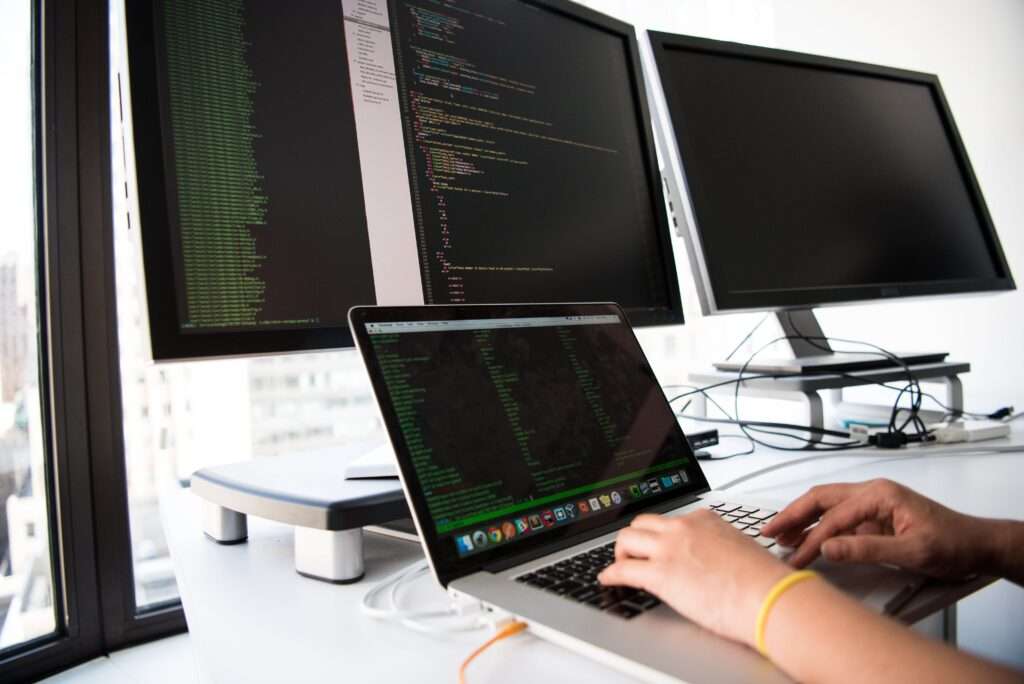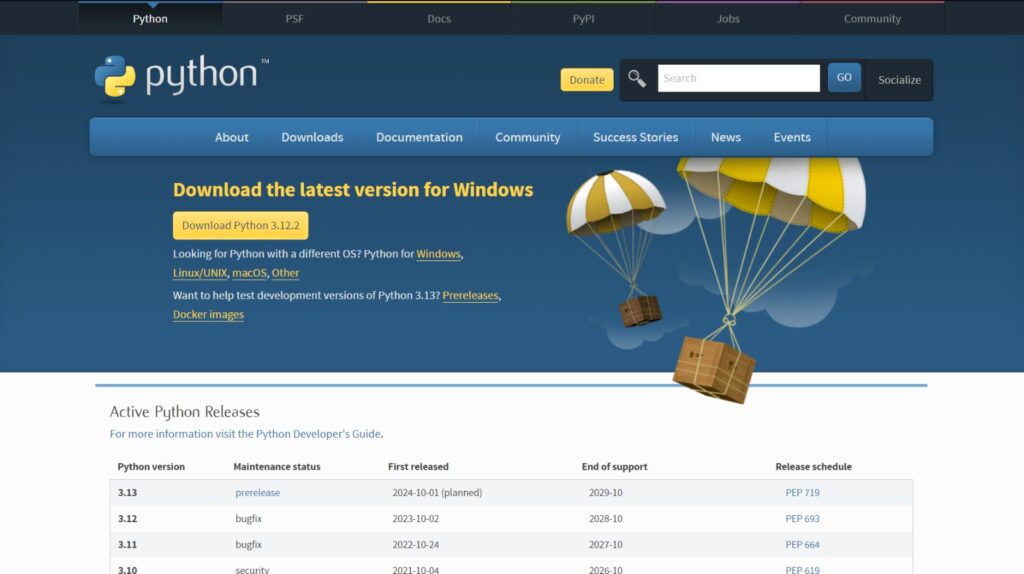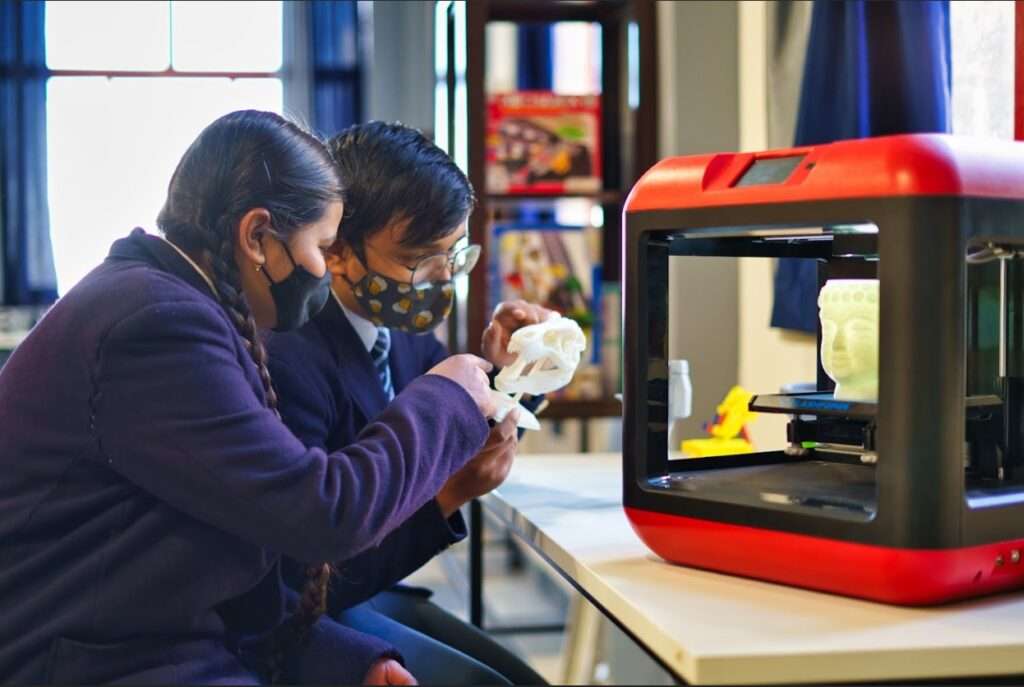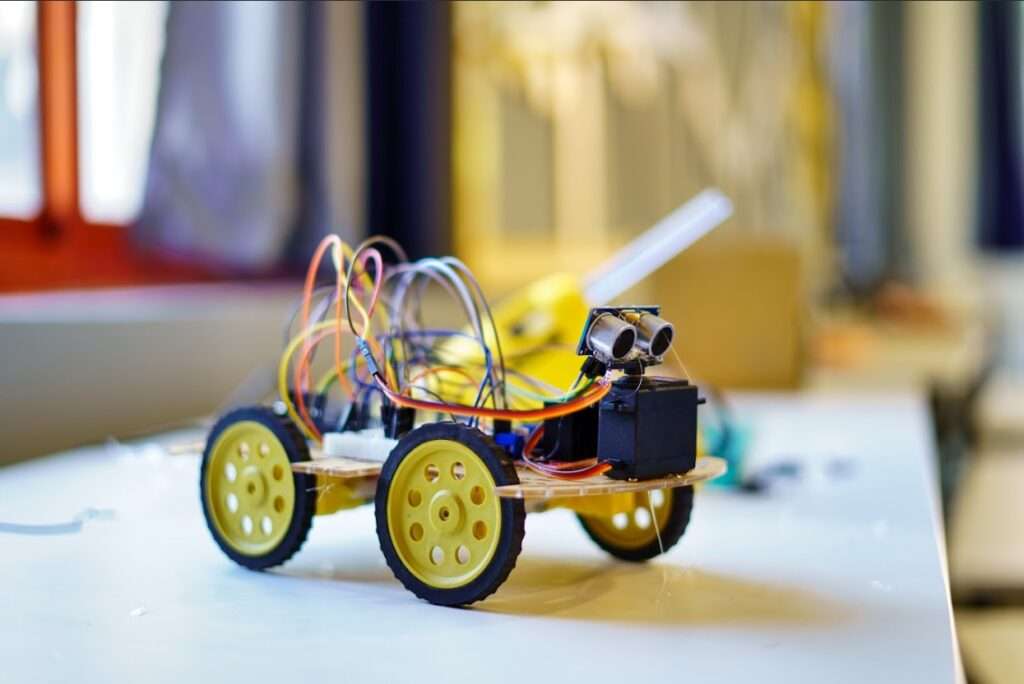Python is a universally useful programming language that is generally utilized for its meaningfulness, flexibility, and broad libraries. Its fledgling accommodating sentence structure makes it an extraordinary decision for those new to coding, while its strong highlights make it usable for complex applications too.

What You’ll Learn
This blog will act as a venturing stone for your Python coding venture. We’ll cover the nuts and bolts of Python’s linguistic structure, information types, factors, administrators, and control stream. Toward the finish of this post, you’ll have the option to compose basic Python programs and figure out principal programming ideas.

Getting Started
Prior to plunging into code, it’s vital to have a Python climate set up. There are multiple ways of doing this, however the most straightforward way is to utilize an internet-based mediator. Sites like repl.it permit you to compose and run Python code straightforwardly in your internet browser.
Python Syntax
Python code is comprised of articulations and indented blocks. Space is essential in Python, as it characterizes code blocks without the requirement for wavy support.
print (“Hello, world!”)
This code prints the message “Hello, world!” to the console.
Data Types and Variables
Python has various data types to store different kinds of information. Here are some of the common ones:
* Integers: Represent whole numbers (e.g., 10, -5).
* Floats: Represent decimal numbers (e.g., 3.14, -2.5).
* Strings: Represent text data enclosed in quotes (e.g., “This is a string”).
* Booleans: Represent logical values (True or False).
Variables are used to store data values. You can assign values to variables using the assignment operator (=). For example:
name = “Alice”
age = 30
is working = True
Operators
Operators are symbols used to perform operations on data. Python has various operators for arithmetic comparisons, logical operations, and more. Here are some examples:
* Arithmetic operators: +, -, *, /, % (modulo)
* Comparison operators: ==, !=, <, >, <=, >=
* Logical operators: and, or, not
Control Flow
Control flow statements allow you to control the execution flow of your program. Here are some common control flow statements:
* If statements: Execute code conditionally based on a Boolean expression.
* For loops: Execute code repeatedly for a certain number of times.
* While loops: Execute code repeatedly as long as a certain condition is true.

Conclusion
This blog has acquainted you with the central ideas of Python coding. By understanding these nuts and bolts, you’ll be well en route to composing your own Python programs. As you progress, you can investigate further developed points like capabilities, modules, and item-arranged programming. With its huge applications and steady local area, Python is an amazing language to learn for the two fledglings and experienced software engineers.
















This Post Has 2 Comments
I used to be recommended this website by way of my cousin. I am now
not sure whether this put up is written by him as no one else understand such unique about my trouble.
You are amazing! Thanks!!
Thank you so much for your kind words! If you have any questions or need further assistance, feel free to reach us at hello@makersmuse.in